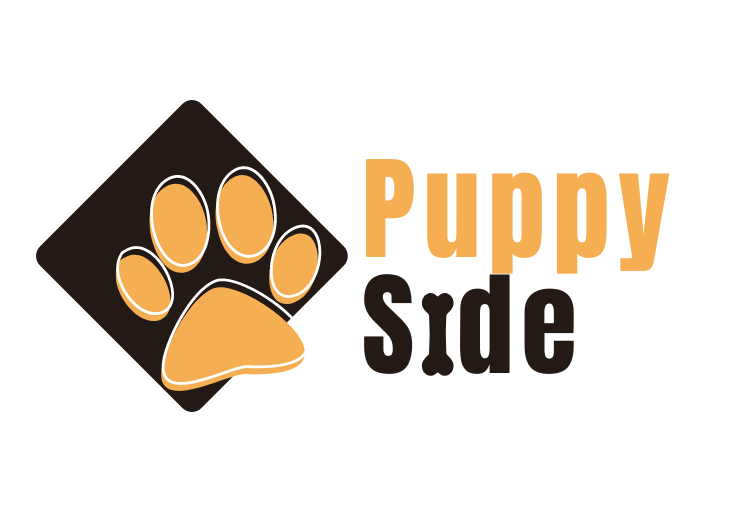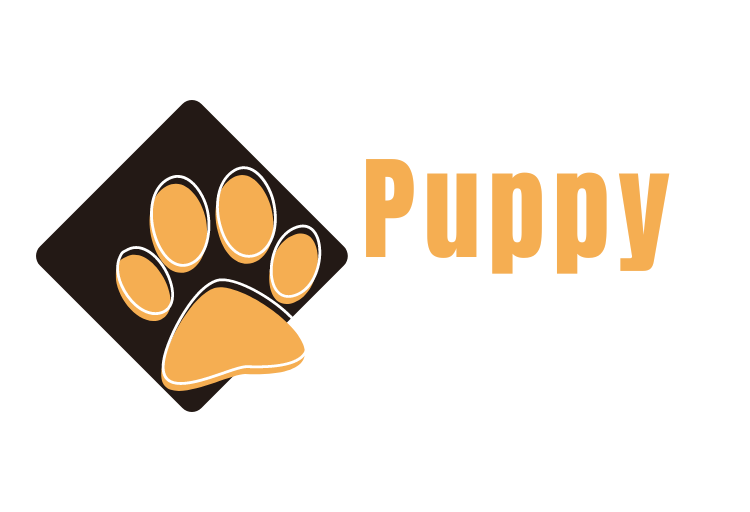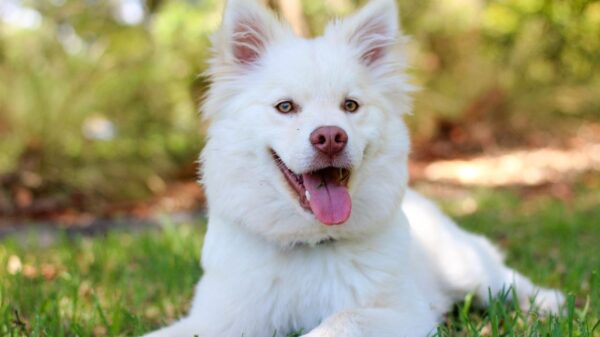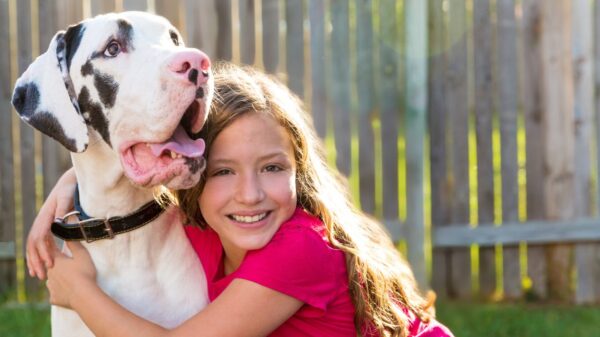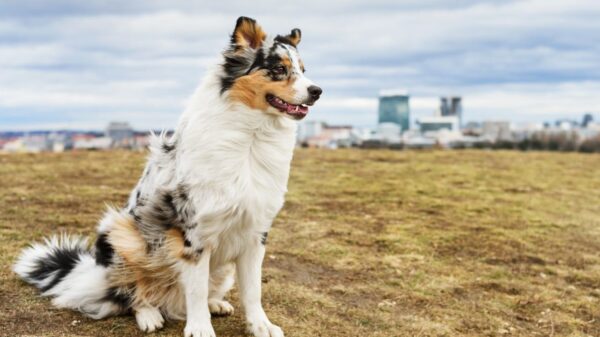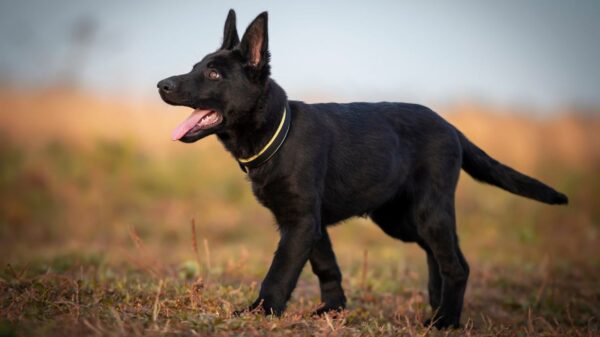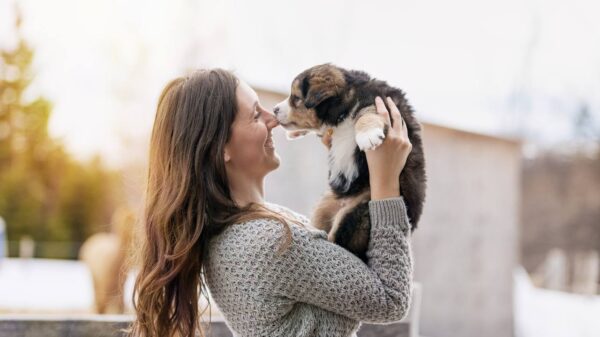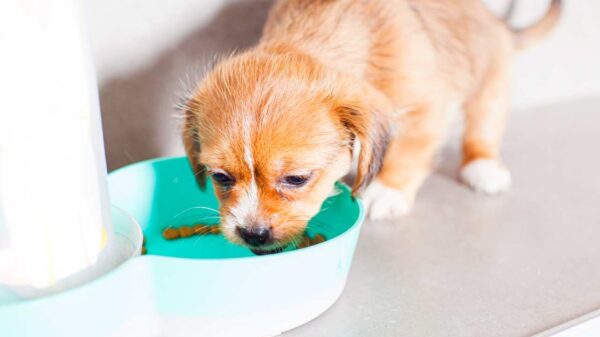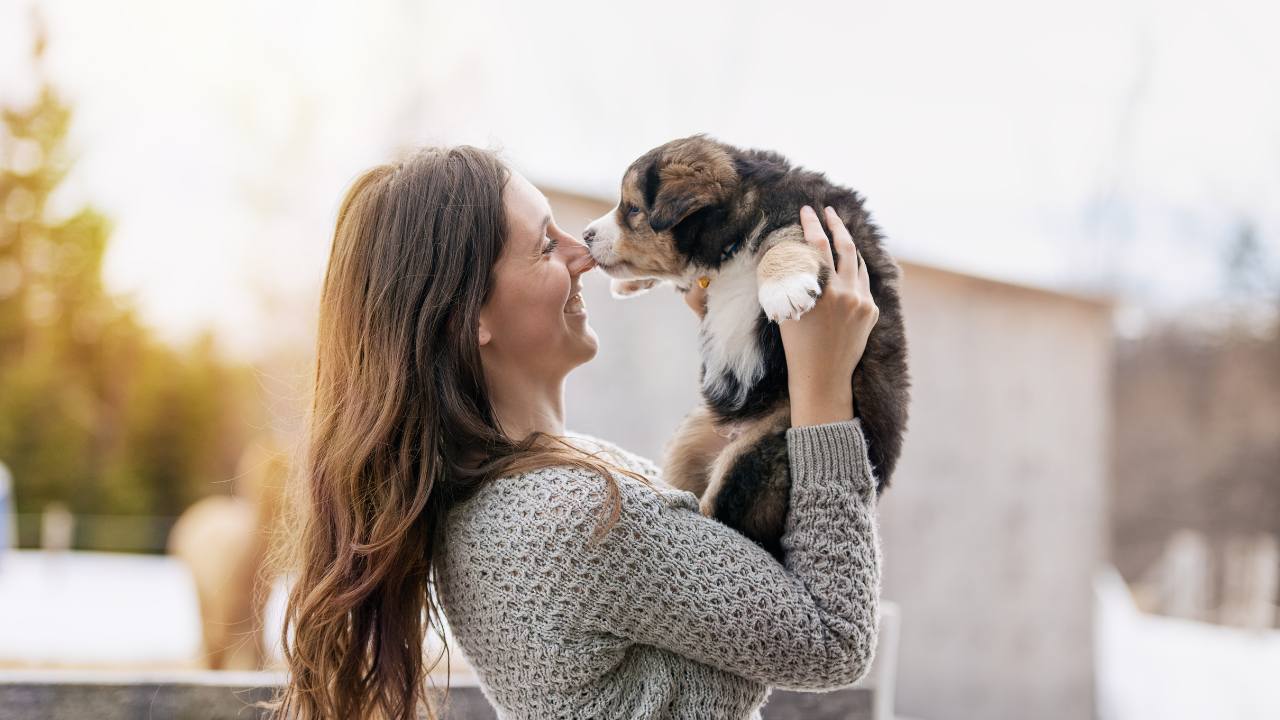Being able to communicate with your pup is one of the most rewarding experiences of being a pet parent. While you might not exactly engage in heart-to-heart talks about your day, teaching your puppy to speak or respond to vocal commands enhances your bond and makes for some fun and engaging training sessions. So, how do you train your puppy to speak? Let’s dive into the world of canine communication.
Understanding the Bark
Before we embark on the journey of teaching your pup to ‘speak,’ it’s essential to understand that dogs communicate differently than humans. They use a variety of sounds, body language, and even scents to convey their feelings and intentions. When we talk about teaching a puppy to speak, we’re essentially training them to respond to specific vocal commands or cues.
Puppy Speech Training: How to Begin
Puppy speech training starts with patience, consistency, and positive reinforcement. Begin by choosing a specific word or phrase you’d like your pup to respond to, such as ‘speak’ or ‘talk.’ Use this command consistently to establish a pattern. Remember to reward your puppy each time they respond correctly – treats, praises, or petting work wonders.
A Step-by-Step Guide to Train Puppies to Speak
- Command Recognition: Choose a quiet environment with minimal distractions. Have a treat ready, and say your chosen command (e.g., ‘speak’) in a clear, upbeat tone.
- Response and Reward: Wait for your puppy to make a sound. It might be a bark, a whine, or a howl. When they do, promptly reward them with a treat and enthusiastic praise. This helps your puppy associate their vocalization with rewards.
- Practice and Patience: Repeat this exercise several times over different training sessions. Practice is crucial in canine speech training, so patience is key.
Advanced Training: Responding to Specific Words
Once your puppy masters the ‘speak’ command, you can start training them to respond to other words. This might include their name, commands like ‘sit,’ ‘stay,’ ‘come,’ or even fun tricks like ‘roll over.’ Remember, the aim is not to have your pup understand the meaning of the words as we humans do, but to associate specific sounds (the words) with certain actions or responses.
Training puppies to speak or respond to vocal cues can be a fun and rewarding experience. It enhances your bond with your pup and helps you understand each other better. Remember, each puppy is unique, so it’s okay if your furry friend takes a little longer to catch on. Keep the training sessions positive, upbeat, and full of rewards, and you’ll soon have a chatty pup on your hands!
